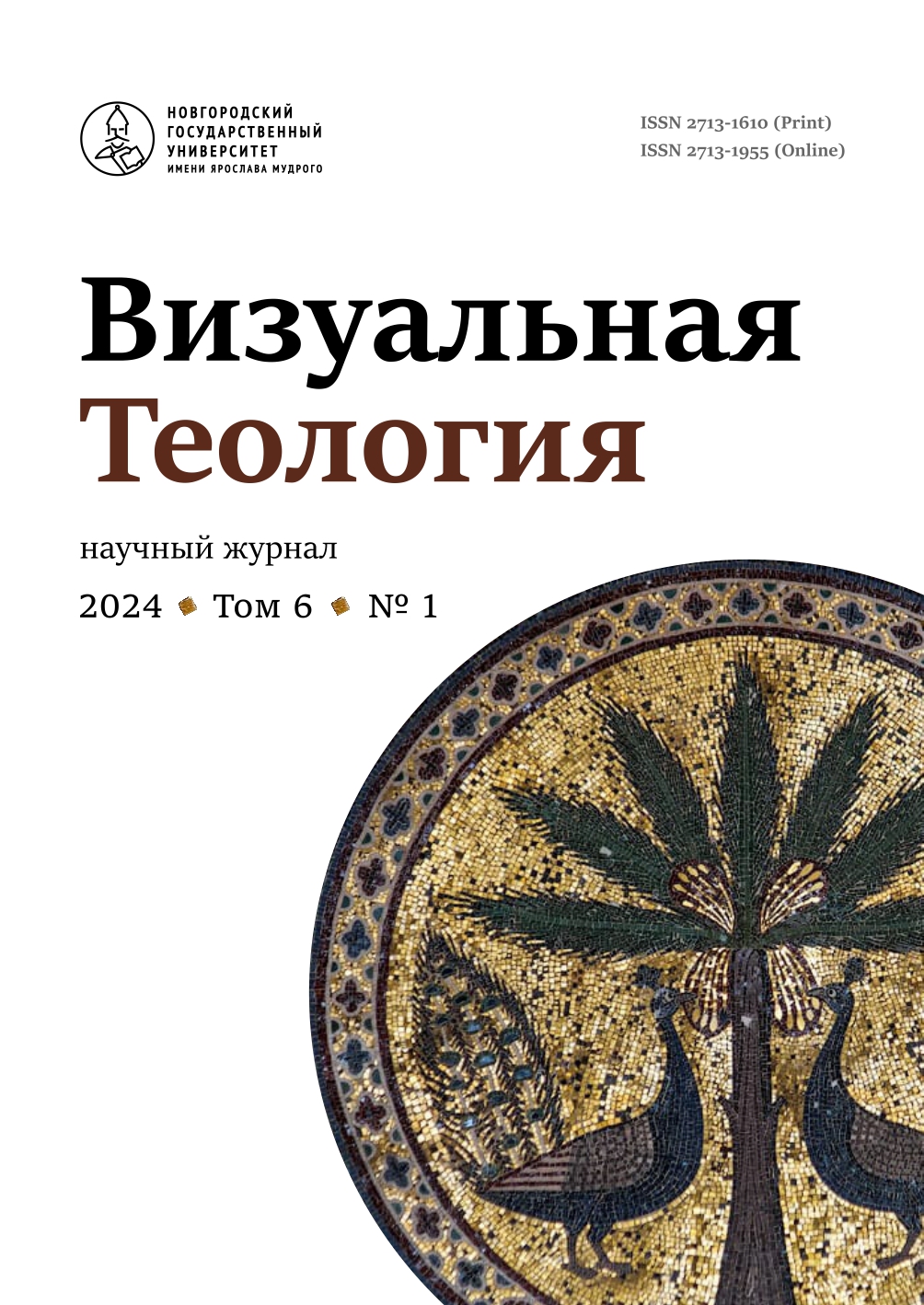Pinturicchio’s Frescoes in the Borgia Apartments at the Vatican: Biblical Imagery in the Representation of Roman Popes as Political Figures
Abstract
Researchers cannot agree on the interpretation of the programme of the murals in the Borgia apartments executed by Pinturicchio in the 90s of the 15th century. Egyptian subjects, Turkish motifs, the theme of the salvific role of the Church, the Aragonese origin of the customer, etc., are on a display in the interior of the apartments in the Apostolic Palace. The frescoes were commissioned by Alexander VI (Rodrigo Borgia), one of the most odious Popes of the Renaissance. This paper focuses on the political aspect of the frescoes, particularly on the theme of the triumph of the Church as an institution. Pinturicchio’s painting was used to visualize the public image of Rodrigo Borgia with dominant motifs of Pope’s leadership in the Christian world. The pontificate of Alexander VI, the ‘warrior of Christ’, in whose hands both spiritual and secular powers were united, was glorified in the church history, and it is presented here as Borgia’s triumph. Such a public image was in line with other representations of Roman pontiffs and secular rulers of Western Europe. It was created in the context of political confrontation of the Holy See with powerful royal houses of Italy, French kings, etc. We can thus talk not only about the visual programme of the apartments per se, but also about its connection with other imagery presenting Popes as political figures and created for Alexander VI’s predecessors as well as for his successors.



